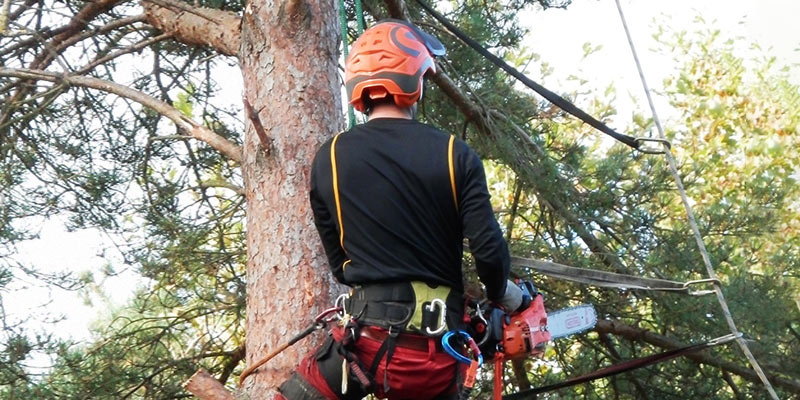
Who doesn’t enjoy keeping their property clean and green, right? A healthy tree in your property can result in contributing more than just a source of shed or oxygen. A well pruned tree can make a lot of difference both in terms of its health and physical appearance as well.
Contrary to popular beliefs, pruning is a delicate work that requires precise knowledge to execute it efficiently. Pruning does not include simple removal of dead branches. In fact, the removal of dead branches is a minor part of pruning, and it does not play as much significant role as others. Pruning is more about improving the health of the tree, but it also contributes a big deal in increasing the aesthetic nature of your property/garden.
Pruning is a process of removing any unnecessary branches in order to enhance the growth and health of your property’s tree/flower. Pruning can be many types depending on the type of trees or flowers that you are working with, but the main objective remains the same. This is why pruning is more than just about cutting branches and requires a certain amount of information to do it the right way.
Why do we prune trees?
The primary reason for performing pruning is to aid the growth of the tree and help it to grow in the most effective way possible. This doesn’t always necessarily mean that pruning enhances tree growth. In fact, in some cases, pruning is done in order to prevent excess tree growth, but there are always specific reasons why trees are either encouraged to grow or prevented from growing too tall. Other purposes of pruning may also include improving the quality of flowers or fruits as well.
The objective of the pruning may vary, but the most crucial factor to remember is that pruning is always performed with a specific purpose. Also, the magnitude of pruning or the amount of pruning you need to perform depends on the type, size, and age of the tree you’re working with.
One more important factor to consider while pruning is to consider the type of tree and it’s appropriate pruning season. Different trees have different pruning seasons depending on which the pruning yields results. Make sure you check with your local arborist and get their opinion on when you should prune your tree before you proceed to get your pruning shears.
How to prune the right way
Pruning the right way is of absolute importance if you are serious about getting positive results. Contrary to popular beliefs, there are specific methods to prune rather than just getting hold of a pruning shear and cutting the branch that appears “out of order.”
Use the right tools
The first crucial aspect to prune the right way involves using the “right tool.” Using the right tool can reduce your work effort by a large margin and make pruning so much easier as well. And in case you are wondering, yes, there are different types of pruning shears depending on the thickness and the height of the tree you are dealing with.
Don’t just remove the dead branches
Yes, dead branches aka infected branches should be removed in order to prevent the infection from spreading, but remember that’s not the only purpose of pruning. Look for any branches that appear out of order from the main trunk. These are “suckers” that can ruin your tree’s health and suck out the tree’s nutrients as well.
Prevent the formation of stubs
Stubs are that part of left-out branches that are created when you cut the branch too far away from the main trunk leaving a “V-shaped” branch. This is one of the most common mistakes that most people make and remain oblivious of its negative effects as well. Leaving stubs while cutting branches can act as an open wound for insects to crawl in making themselves comfortable. These insects can further spread the infection to other branches and deteriorate their health as well.
No, you don’t need to dress the “wounds.”
There is no such necessity to dress the cut wounds, and contrary to popular beliefs “dressing” does not affect the healing process by a significant amount. The only factor that contributes to quick healing of the branch is “proper cutting” technique. If you cut the right way and discourage the formation of stubs, the cut wounds can heal up by itself with minimal time, whereas improper cutting technique has the complete adverse effect.
Remember that pruning requires specific and precise cutting techniques. If you approach it the wrong way, you might as well just cut the whole tree down, because it will eventually lead to that. Instead, the best way to approach pruning is to hire professionals such as tree removal Sydney to do it for you with ease. Or at least take the advice of your local arborist before you decide to prune for best results.
